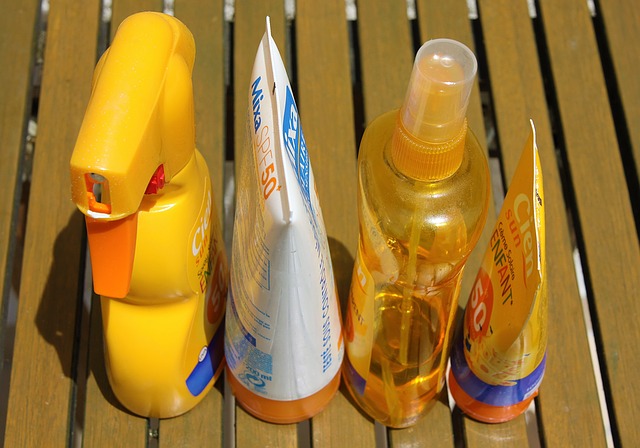
Recent media coverage might have made you think twice when reaching for sunscreen to slather on your child. A study published in early May in JAMA concluded that avobenzone, oxybenzone, octocrylene and ecamsule – ingredients used to chemically filter the sun’s harmful UV rays – are absorbed into the bloodstream at significant levels. Previous research has shown that these chemicals might be endocrine disruptors, interfering with the body’s hormone systems and causing cancer, birth defects and developmental disorders. This has caused many to wonder: Is sunscreen safe?
More people in the U.S. are diagnosed with skin cancer than with all other cancers combined, so we turned to pediatric dermatologist Minnelly Luu, M.D., from Children’s Hospital Los Angeles for advice.
Which sunscreens for kids do you prefer?
For children, especially those with sensitive skin, I recommend sunscreens that have the ingredients zinc oxide and/or titanium dioxide. These are physical blockers that sit on top of the skin and block the UV rays from reaching the skin.
Why are some types of sunscreens, often called “chemical blockers,” controversial?
In recent years there has been rising concern over the potential role of some sunscreen ingredients as endocrine disruptors, disrupting various endocrine processes in the body. What is particularly controversial is whether or not it is significant in humans, and whether the amounts of sunscreen that we might be using on a routine basis could lead to these effects .
Do we know whether zinc oxide and titanium dioxide are absorbed into the blood if you put them on the skin?
Available evidence supports that in their native forms, zinc oxide and titanium dioxide particles are not absorbed. Because zinc oxide and titanium dioxide look white and feel thick on the skin, they are frequently altered into smaller particles (we call those nanoparticles or micronized particles) to make the formulation more sheer. There’s some debate as to whether these nanoparticles or micronized particles can be absorbed. However, at this time, their use appears safe.
RELATED: Steering Clear of Health Hype

There are some sunscreens for kids labeled as “non-nano.” Especially for young children, who will not generally mind the thickness of these formulations, I recommend buying zinc and titanium sunscreen in a non-nano form when possible. Currently, the FDA does not require specific labeling of physical blockers with regards to their nano status, and there are no FDA regulations dictating which formulations may be labeled as “non-nano.”
It’s still better to choose any sunscreen at all rather than no sunscreen, right?
Let’s remember that we do have choices of sunscreen ingredients, so concern over some sunscreens does not mean we should stop wearing it altogether. That being said, hats and sun-protective clothing go a long way. I recommend wearing protective clothing, seeking shade when possible, and using sunscreen on areas that you can’t keep covered.

























